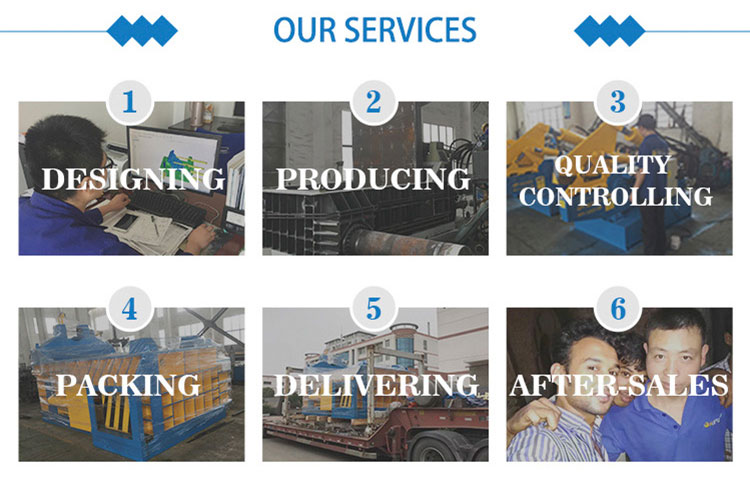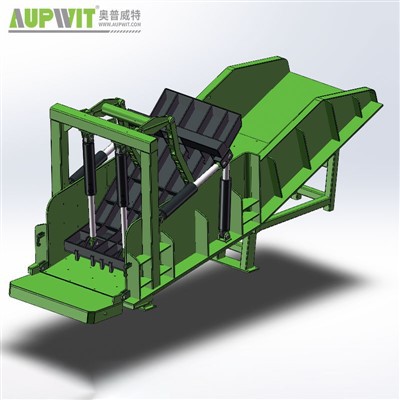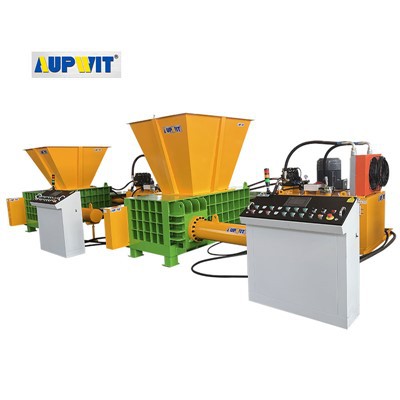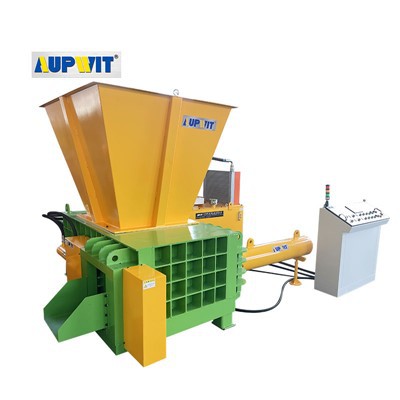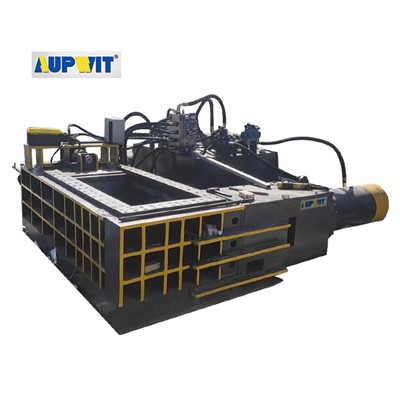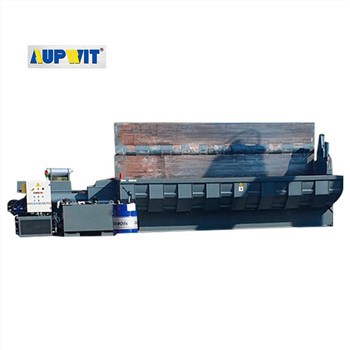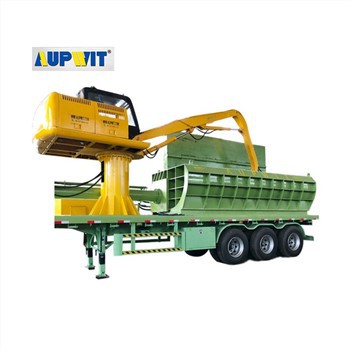1. Install protective devices
Set up guardrails at the feed and discharge ports of Four shaft shredder to prevent operators from extending their hands or other body parts into dangerous areas during the operation of the equipment to avoid accidental injuries.
Install protective covers for the transmission parts of the equipment, such as belts, chains, gears, etc., which can not only prevent personnel from contacting high-speed running parts, but also prevent foreign objects from being involved in the transmission device, causing equipment failure or safety accidents.
2. Design a safety control system
Equipped with an emergency stop button, and the button should be installed in a position that is easy for the operator to reach. In the event of an emergency, the operator can quickly press the button to stop the equipment immediately.
Install an overload protection device. When the equipment load exceeds the set value, the protection device will automatically cut off the power supply or put the equipment into a safe operation mode to prevent the motor from overloading and burning and the equipment from being damaged due to excessive force. At the same time, it can also avoid safety risks caused by equipment failure.
3. Carry out safety signs and warnings
Post safety signs and warning slogans in prominent positions on the equipment to remind operators to pay attention to safety matters, such as "Do not approach the equipment during operation" and "It is strictly forbidden to reach out at the feed port", etc., to enhance the safety awareness of operators.
Mark the dangerous parts of the equipment, such as blades and rotating shafts, with eye-catching colors so that operators can clearly identify dangerous areas and be vigilant.
4. Strengthen operator training
Provide professional safety training for operators to familiarize them with the operating procedures and safety precautions of Four shaft shredder and understand the performance and potential risks of the equipment.
Regularly organize operators to conduct safety drills so that they can master emergency response measures in simulated emergency situations, such as the correct use of emergency stop buttons and how to evacuate safely when equipment fails.
5. Implement regular maintenance
Develop a detailed equipment maintenance plan, regularly inspect, repair and maintain the equipment, promptly discover and replace severely worn parts such as blades and bearings, ensure stable performance of the equipment, and reduce safety hazards caused by equipment failure.
During the maintenance process, strictly abide by relevant safety regulations, such as repairing in the case of power failure, setting warning signs, etc., to prevent safety accidents caused by misoperation
